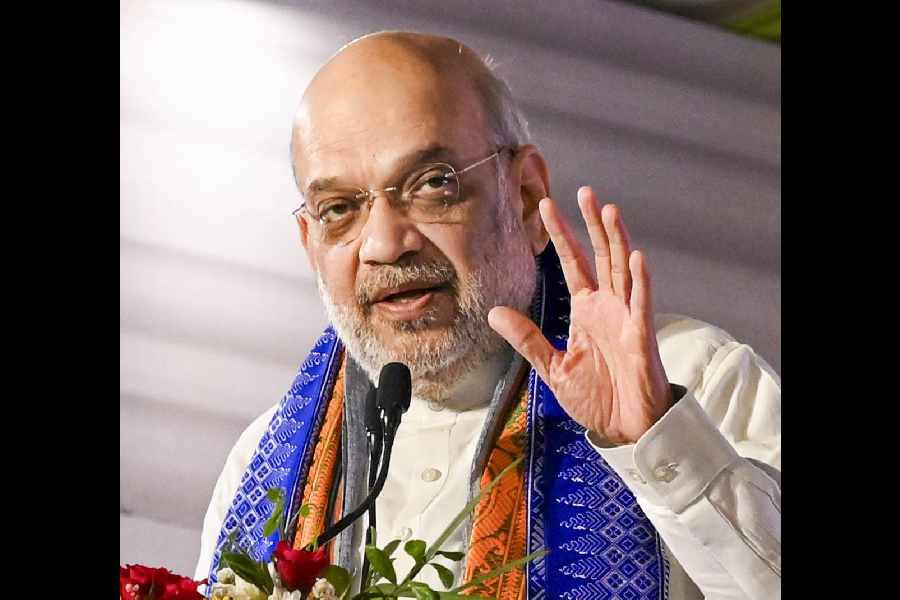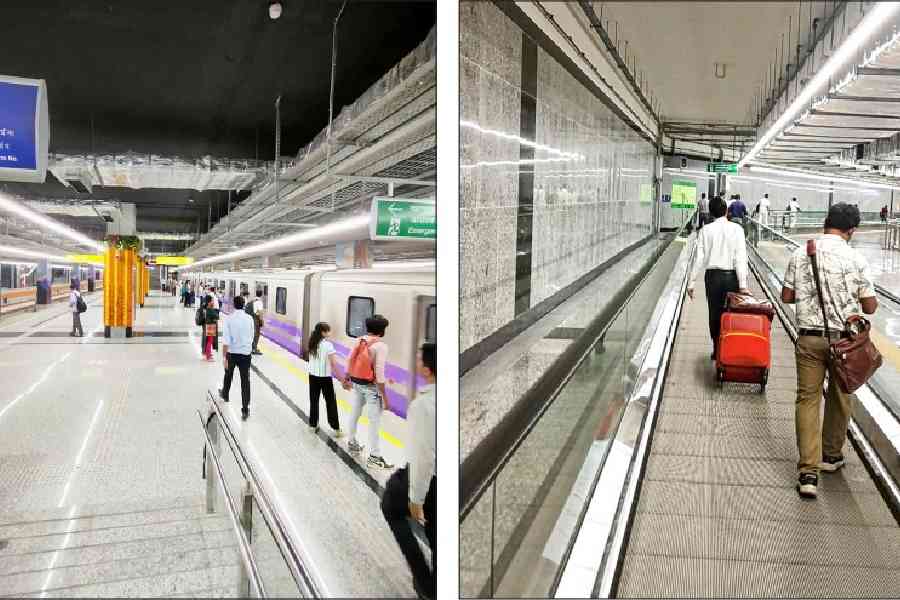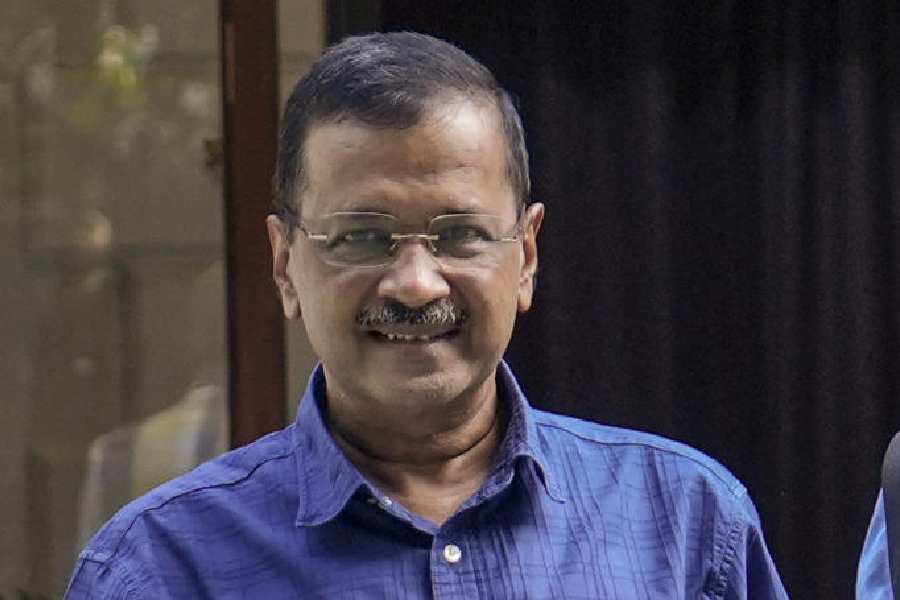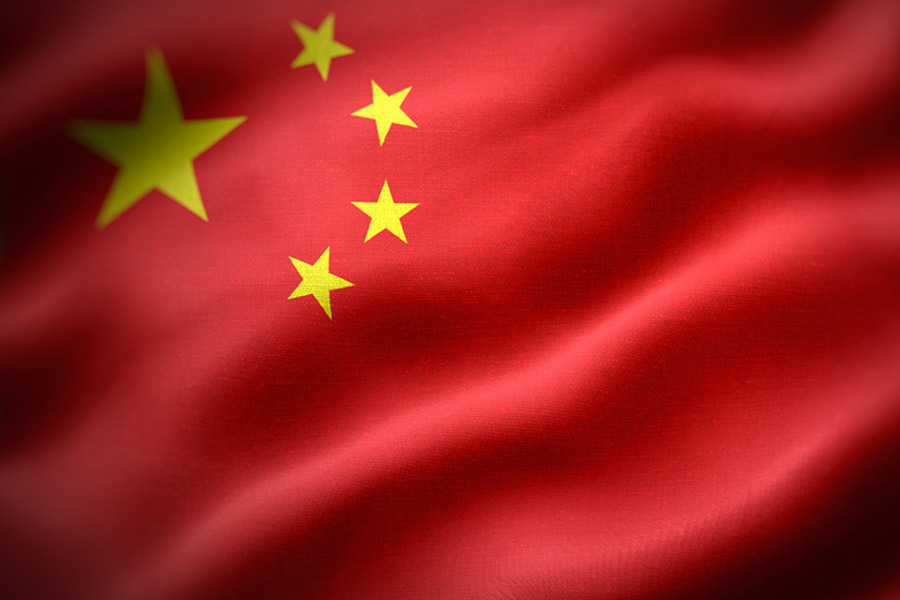New Delhi, June 22 :
New Delhi, June 22:
Indian roads may be clogged with new cars, but automakers are not finding the going easy.
Huge overhead investments and consequent large depreciation charges and close fights in the price sensitive Indian market combined with fluctuating sales have kept most car-makers in the red despite a pickup in the automobile bazaar.
Other than Maruti Udyog-the country's biggest car maker-and Hyundai Motors India Limited, all the other car makers are in the red.
But still, with good sales in the first six months of the year, many are now hoping this fiscal might just prove to be the turnaround bend.
Hyundai has, however, managed to get profits three years in a row, and has pegged the unaudited profits for the just concluded 2001-2002 at Rs 210 crore. Maruti Udyog, on the other hand, posted Rs 55 crore profit in the last financial year.
Hyundai says it manages to do well partly because it does not pay any royalty to its parent firm, gets free research and
development support and imports spares at costs lower than the others.
The country's oldest automaker Hindustan Motors yet again posted a net loss of Rs 1,897 crore, in the year 2001-2002 even though its joint venture with Mitsubishi has broken even.
B.K. Chaturvedi, president and executive director of the company, told The Telegraph, 'the Mitsubishi project is paying for itself. However, the inefficiency of the Uttarpara plant is still eating into the company. But the workers have realised this and are ready to co-operate with the management.'
Honda, on the other hand, is still in the woods. Rajiv Gupta of Honda Siel India Ltd said, 'though we have made operating profits this year, we are carrying forward losses of approximately Rs 100-Rs 115 crore which have to be wiped out in the coming years. With huge integrated capital investments like ours, it is impossible to attain profits faster than this. If our target of selling 11,000 City and 1,500 Accord is achieved this year, we will be able to make net profit in next financial.' In April, Honda sold 711 City and 120 Accord.
Even General Motors India is still in the red. Aditya Vij, CEO of the company, told The Telegraph, 'We are losing money on cars and are trying to formulate strategy to help the company. The company is toying with the idea of launching small cars to play the volume games.' However, the exact financial position of the company was not available.
For Ford India, the target is a little farther off. Given their depreciation costs, it will only be in 2004 that the company turns profitable and it would take till 2008 to wipe out all accumulated losses of the past.
Vinay K. Piprasania, Ford India vice-president said, 'With our export rate and introduction of new models, we never expected to make profits so soon. The company has achieved its yearly target till now and we will start making money as planned.'
But possibly among the foreign companies, Fiat suffered the worst. Before it brought in Palio, the two models it unveiled, Uno and Siena, flopped badly. The company ran up losses to the tune of Rs 1280 crore in 2001. However, officials from the company said, 'we are selling around 4,000 cars a month and if we can make it to 50,000 plus this year, we will be able to break even.'
However, Tata Engineering, finds its target much nearer at hand as it has been able to bring down its net losses of Rs 500 crore in 2000-01 to just Rs 54 crore in 2001-02.
'We are positive about attaining a cash break even this year. Given the popularity of Indica, we will make this project a profitable one,' sources said.
Unfortunately revival plans for Korean automaker Daewoo still remains in doldrums with the company stuck in problems with lenders. It has run up cash losses of more than Rs 900 crore, wiping out its equity base of Rs 792 crore.
 Tuesday, 26 August 2025
Tuesday, 26 August 2025









